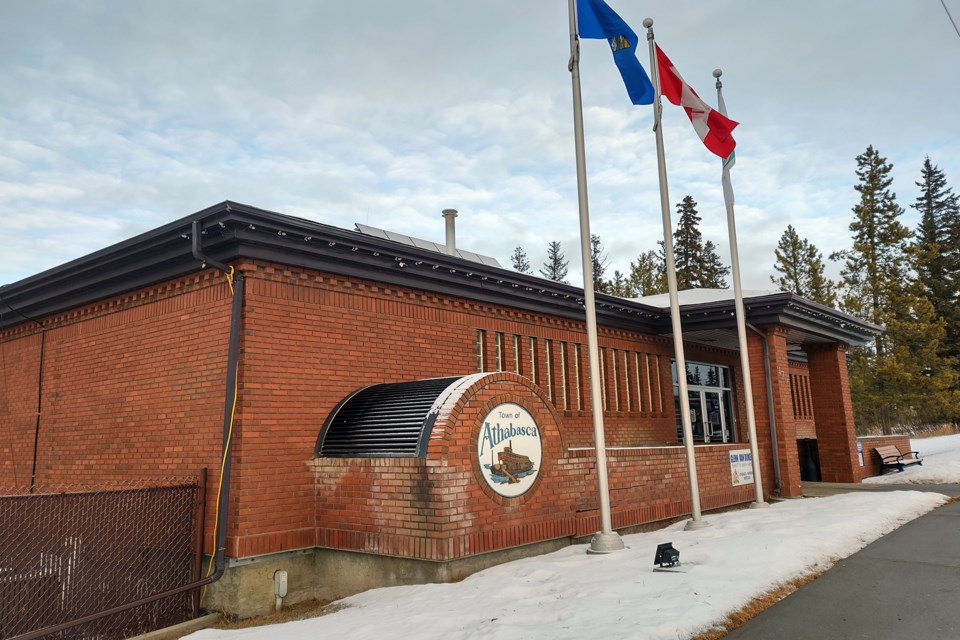ATHABASCA – A hidden cost in implementing a new energy efficiency program from the province will see Athabasca town council reconsider whether it wants the municipality to participate at all.
At the Nov. 16 regular council meeting, CAO Rachel Ramey informed council that after recently meeting with Alberta Municipal Services Corporation (AMSC) she learned that onboarding the Clean Energy Improvement Program (CEIP) will cost the town $14,762.
“That was an unknown cost so I'm bringing it forward to see how council would like to proceed and if we want to continue on with the project,” she said.
The town has been working on making the CEIP available to residents interested in making their homes more energy efficient with new appliances, building improvements and other upgrades with the goal of conserving energy and bringing costs down. The premise being that the municipality would provide loans to complete the upgrades that would then be applied against their taxes.
The debt would stay with the home, instead of the individual, so if new owners came into possession of the property before the loan is paid off, it would be included in their tax bill.
Ramey pointed out council had already passed a bylaw to implement the program when it was ready to be rolled out by the province, as well as a borrowing bylaw that established a $200,000 line of credit that would be used to provide the funds to residents who took part.
Mayor Rob Balay was a big proponent of the program as a councillor during the previous term. He clarified the new fee was a result of using the town’s own bank, ATB, for financing instead of the Community Efficiency Financing Loan and Grant Program through the Federation of Canadian Municipalities (FCM).
“We were led to believe originally that those costs were borne by the MCCAC (Municipal Climate Change Action Centre), but that was if we borrowed the money through FCM. So, we chose not to do that because it's a small program, and as a result of that, it's costing us this additional fee now,” Balay said.
The additional costs would be used for the preparation of program documents and infrastructure, including the development of the program webpage, terms and conditions, and administrative processes. Further, the costs of engaging local contractors, who would have to be pre-approved through the program to complete the work, would also be included.
Several virtual and in-person meetings between administrative and government officials would also take place to work out the final development details and marketing of the local program, as well as other consultations to prepare the agreement.
“I guess this is going to end up being something for budget deliberation in the next budget. This council has to take into consideration that this was passed by the previous council, this was their wish to do this for the community,” said Balay.
The council package also included a letter from a local family that was eagerly waiting for the program to start so they could upgrade their home. Ramey said that is the only interest she was aware of at this time, but that doesn’t necessarily mean there are no others, especially considering the program likely won’t start for another year.
Balay added that once the program was introduced and marketed to the public, he expects it would become a lot more popular.
“It’s something we’re offering to our community members and ratepayers that wasn’t there before, so I do see some value in it, but I think it’s fair that we all have that discussion because everyone might not agree with me.”



